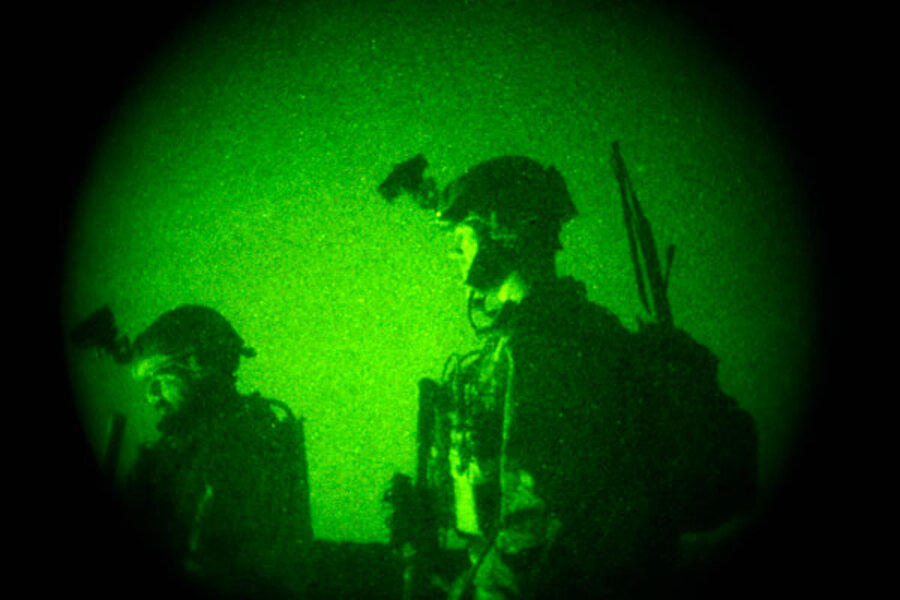Special Operations Forces have capabilities “uniquely suited to the most likely missions of the future,” Hagel says. “Most notably,” he adds, these include counterterrorism and crisis response operations.
As a result, at a time when the Army is decreasing from 520,000 active duty soldiers today to roughly 445,000, for example, Special Operations Forces (SOF) will grow from roughly 66,000 today to 69,700 in five years.
“Clearly Special Operations Forces have been very effective in what we’ve been doing in Iraq and Afghanistan and in terrorism operations around the globe,” says Todd Harrison, senior fellow in defense studies at the Center for Strategic and Budgetary Assessments in Washington.
That said, he warns that the Pentagon shouldn’t go overboard with this. “The one thing is that you can’t just keep making SOF forces larger and larger, because at some point then these forces cease to be ‘special’; they cease to be elite,” he warns. “They become too much of a good thing.”





